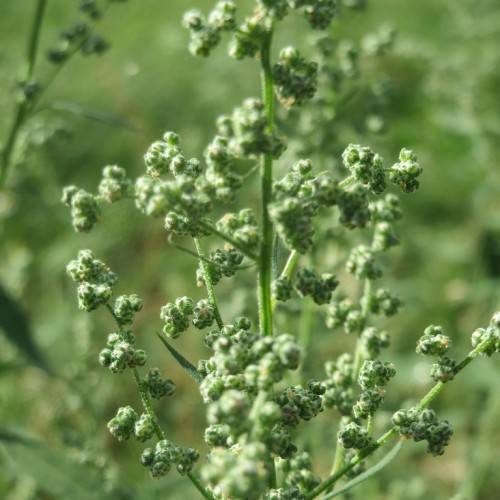
Woodland Goosefoot
Chenopodium standleyanum
Also Known As - Standley GoosefootWatering:
Minimal
Hardiness Zone:
Sun:
full sun
Leaf:
Yes
Growth Rate:
Low
Drought Tolerant:
Yes
Salt Tolerant:
Yes
Care Level:
Medium
watering
Water Desert Goosefoot (Chenopodium pratericola) deeply but infrequently to avoid root rot. This means that you should give the soil a deep soak every 2-3 weeks during warm weather, taking care not to over-saturate the soil. Allow the top 2-3 inches of the soil to dry out between each watering session. When temperatures cool in the fall and winter, water even less frequently; about once a month should suffice.
sunlight
Desert Goosefoot (Chenopodium pratericola) requires consistent sunlight in order to grow and thrive. This species of plant typically grows in areas with high amounts of sunlight, such as deserts and dry, arid climates. As such, it prefers full sunlight throughout the day and will suffer without ample amounts of direct sunlight. Therefore, it’s important to plant desert goosefoot in an area that receives at least 8 hours of direct sunlight per day. Sun exposure should be provided in the early morning and late afternoon when the sun’s rays are less intense. If desert goosefoot is not exposed to enough sunlight, it may become weak and susceptible to various pests and diseases.
pruning
Desert Goosefoot (Chenopodium pratericola) is best pruned in late fall or early winter. Pruning should include removing dead or damaged branches and thinning out any overgrown or crowded stems. This will help promote new growth and help promote dense foliage. Be sure not to prune too heavily or the plant may become stressed and not able to store enough nutrients for the next season of growth. Additionally, the Desert Goosefoot produces flowers during the summer months which can be preserved by reducing the amount of pruning at this time.
